Introduction
In the vast culinary landscape, condiments often serve as the unsung heroes, elevating dishes from mundane to extraordinary. Among these flavorful accents, garlic and chili pepper sauce, or “garlic chili sauce” as it’s commonly known, stands out for its versatility and fiery allure. This tangy, savory blend of garlic, fresh or dried chili peppers, salt, vinegar, and oil is a staple in many kitchens worldwide, adding a zing to noodles, meats, vegetables, and even pizzas. Whether you’re a seasoned chef or an enthusiastic home cook, learning how to make your own garlic and chili pepper sauce can be a rewarding endeavor. It allows you to customize the heat level, balance of flavors, and even incorporate unique ingredients to suit your taste preferences. In this comprehensive guide, we’ll walk you through the process of crafting a delicious, homemade garlic and chili pepper sauce from scratch.
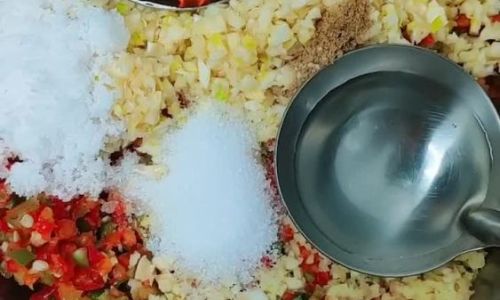
Section 1: Understanding the Ingredients
Before diving into the recipe, let’s delve into the key ingredients that form the backbone of this sauce.
1 Garlic
Garlic is the unsung hero of many dishes, adding depth and complexity to sauces, marinades, and cooking bases. When crushed or finely chopped, garlic releases its aromatic oils, which are essential for the sauce’s flavor profile. Fresh garlic cloves are preferred for the best taste, but you can also use garlic powder or minced garlic in a jar if fresh isn’t available.
2 Chili Peppers
The heat and spice in garlic and chili pepper sauce come from chili peppers. The type and quantity of peppers you use will determine the sauce’s heat level. Fresh red or green chili peppers, such as jalapenos, serranos, or habaneros, offer a fresh, fruity heat. For a more intense, smoky flavor, dried chili peppers like red flakes or whole dried chilies can be used. Remember, the smaller and hotter the pepper, the more fiery your sauce will be.
3 Salt
Salt is crucial for enhancing the flavors of the garlic and chili peppers. It also acts as a preservative, helping to extend the shelf life of your sauce. Use high-quality sea salt or kosher salt for the best results.
4 Vinegar
Vinegar adds tanginess and acidity to the sauce, balancing out the heat and richness of the garlic and chili peppers. White vinegar, rice vinegar, or apple cider vinegar are all good choices. The type of vinegar you use will slightly alter the sauce’s taste, so choose one that complements your preferred flavor profile.
5 Oil
Neutral oils like vegetable, canola, or grapeseed oil are ideal for this sauce because they don’t overpower the garlic and chili flavors. The oil also helps to create a smooth, emulsified texture and acts as a preservative.
6 Optional Ingredients
Feel free to add other ingredients to your sauce for added complexity. Sugar or honey can help balance the heat, while ginger, shallots, or even a splash of soy sauce can add layers of flavor. For a creamy texture, consider incorporating a small amount of toasted sesame oil or roasted peanuts.
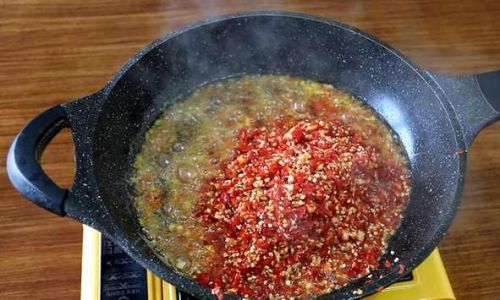
Section 2: Preparation and Cooking Techniques
Now that you understand the ingredients, let’s move on to the preparation and cooking process.
1 Preparation
- Gather Your Ingredients: Ensure you have all the necessary ingredients measured out and ready to use.
- Prep the Garlic: Peel and finely chop the garlic cloves. For a smoother sauce, you can use a garlic press or blend the garlic into a paste.
- Prep the Chili Peppers: Depending on your preference, you can finely chop fresh chili peppers or grind dried ones into flakes. Wear gloves when handling hot peppers to avoid burning your skin.
- Combine Dry Ingredients: In a bowl, mix the chopped garlic, chili peppers, and salt. This allows the flavors to meld together before cooking.
2 Cooking the Sauce
- Heat the Oil: In a medium saucepan, heat the oil over medium heat until it’s warm but not smoking.
- Add the Garlic and Chili Mixture: Carefully pour the garlic and chili pepper mixture into the hot oil. Stir constantly to prevent the garlic from burning.
- Cook Slowly: Cook the mixture on low to medium heat, stirring frequently, until the garlic turns golden brown and the chili peppers are fragrant. This can take anywhere from 5 to 10 minutes. Be patient; rushing this step can result in burnt garlic, which will ruin the sauce.
- Add Vinegar: Once the garlic and chili peppers are cooked, pour in the vinegar. The mixture may splatter, so be cautious. Stir well to combine.
- Simmer: Allow the sauce to simmer for another 2-3 minutes, stirring occasionally. This helps the flavors meld and the sauce to thicken slightly.
- Taste and Adjust: Taste the sauce and adjust the seasoning with more salt if needed. If you prefer a sweeter sauce, add a pinch of sugar or a drizzle of honey.
3 Optional Steps for Added Flavor
- Toast Aromatics: Before adding the garlic and chili peppers to the oil, you can toast whole spices like cumin seeds, coriander seeds, or Sichuan peppercorns until fragrant. Remove them from the heat, let them cool, and then grind them into a powder. Add this spice blend to the sauce for an extra layer of flavor.
- Blend for Smoothness: For a smoother sauce, transfer the cooked mixture to a blender or food processor and blend until smooth. Be careful when blending hot liquids; start on a low speed and gradually increase to avoid splattering.
- Incorporate Additional Ingredients: Add ginger, shallots, or soy sauce during the cooking process for additional complexity.
Section 3: Storage and Preservation
Proper storage is key to ensuring your homemade garlic and chili pepper sauce stays fresh and flavorful.
1 Cooling and Bottling
- Cool the Sauce: Allow the sauce to cool completely before bottling. This prevents condensation, which can lead to spoilage.
- Choose the Right Container: Use clean, airtight glass jars or plastic containers with tight-fitting lids. Glass jars are often preferred because they don’t leach chemicals into the sauce.
- Label and Date: Label the jars with the date and contents. This helps you keep track of when the sauce was made and ensures you use it within its prime.
2 Refrigeration
- Store in the Refrigerator: Place the sealed jars in the refrigerator. Homemade garlic and chili pepper sauce can last for several weeks when stored properly.
- Use Clean Utensils: Always use clean utensils when scooping out the sauce to avoid cross-contamination.
3 Freezing
If you plan to keep the sauce for longer, freezing is an option. Pour the sauce into freezer-safe containers, leaving some headspace to allow for expansion. Label and date the containers, and freeze for up to 6 months. When ready to use, thaw the sauce in the refrigerator overnight.
Conclusion
Making your own garlic and chili pepper sauce is not only rewarding but also allows you to tailor the flavors to your liking. By understanding the ingredients, mastering the cooking techniques, and ensuring proper storage, you can enjoy a delicious, homemade condiment that elevates your dishes to new heights. Whether you prefer a fiery hot sauce or a more balanced, tangy version, the recipe is adaptable to suit your taste preferences. So, gather your ingredients, roll up your sleeves, and embark on a culinary journey that ends with a jar of delicious, homemade garlic and chili pepper sauce waiting to transform your meals. Happy cooking!
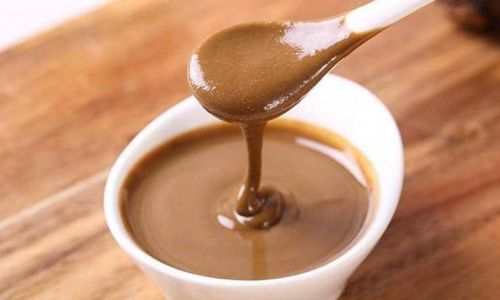
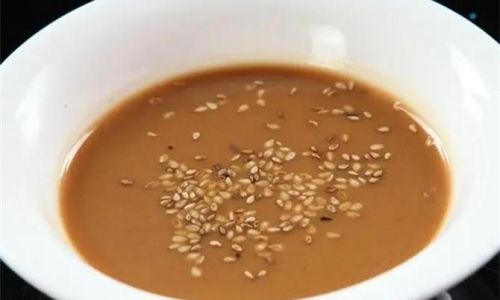
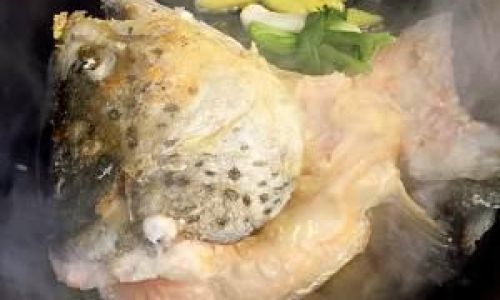
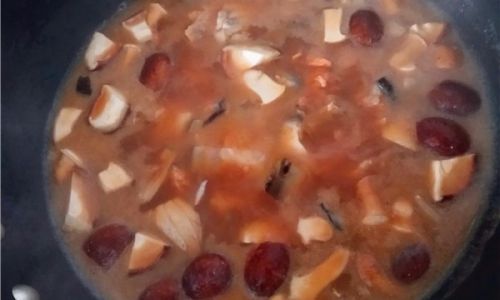
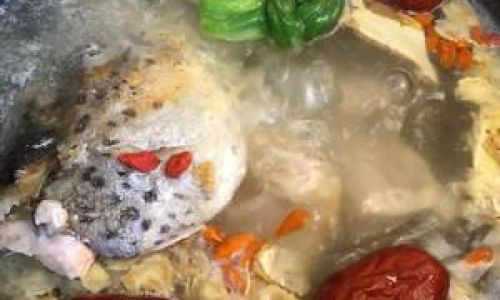
0 comments